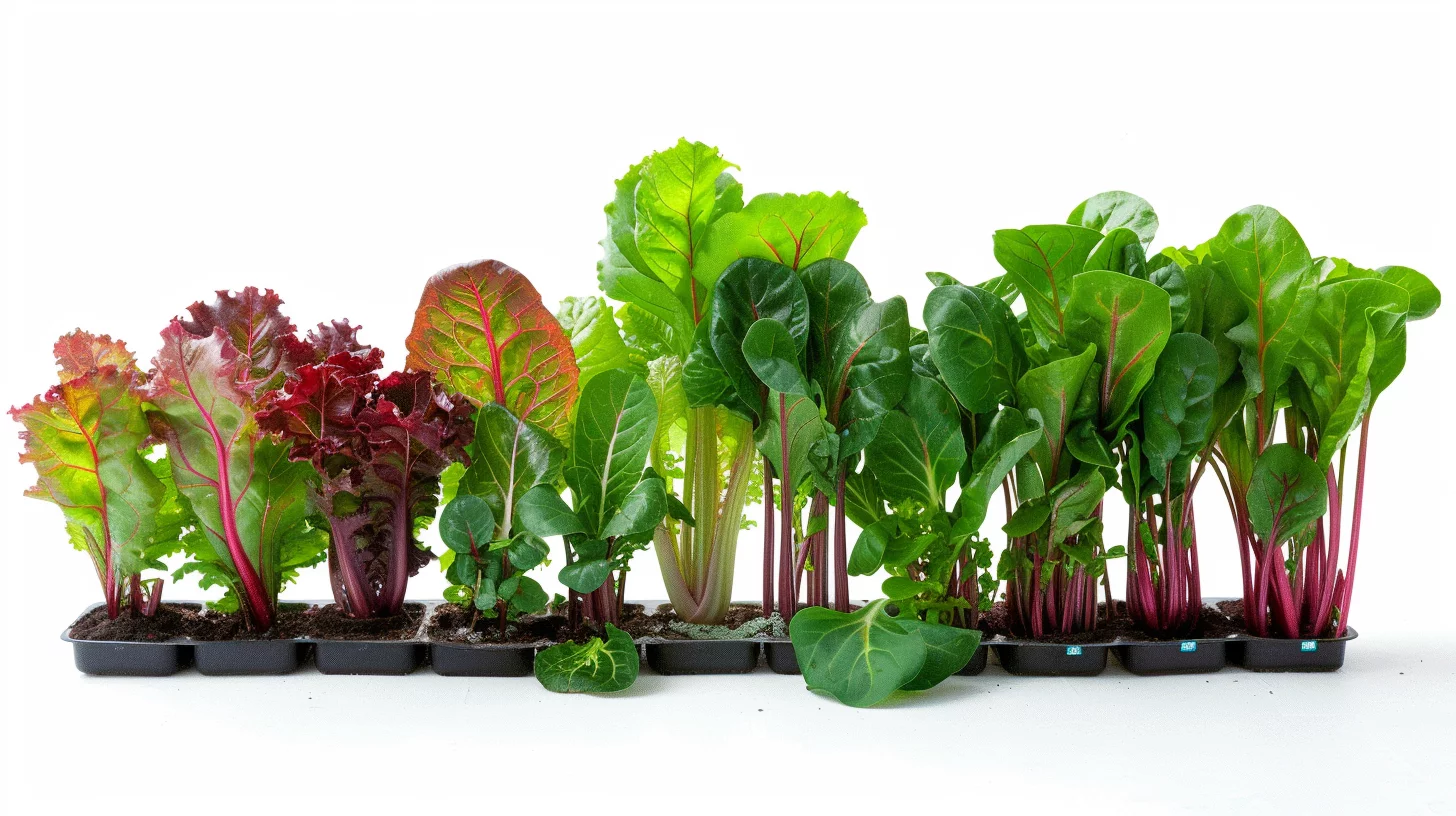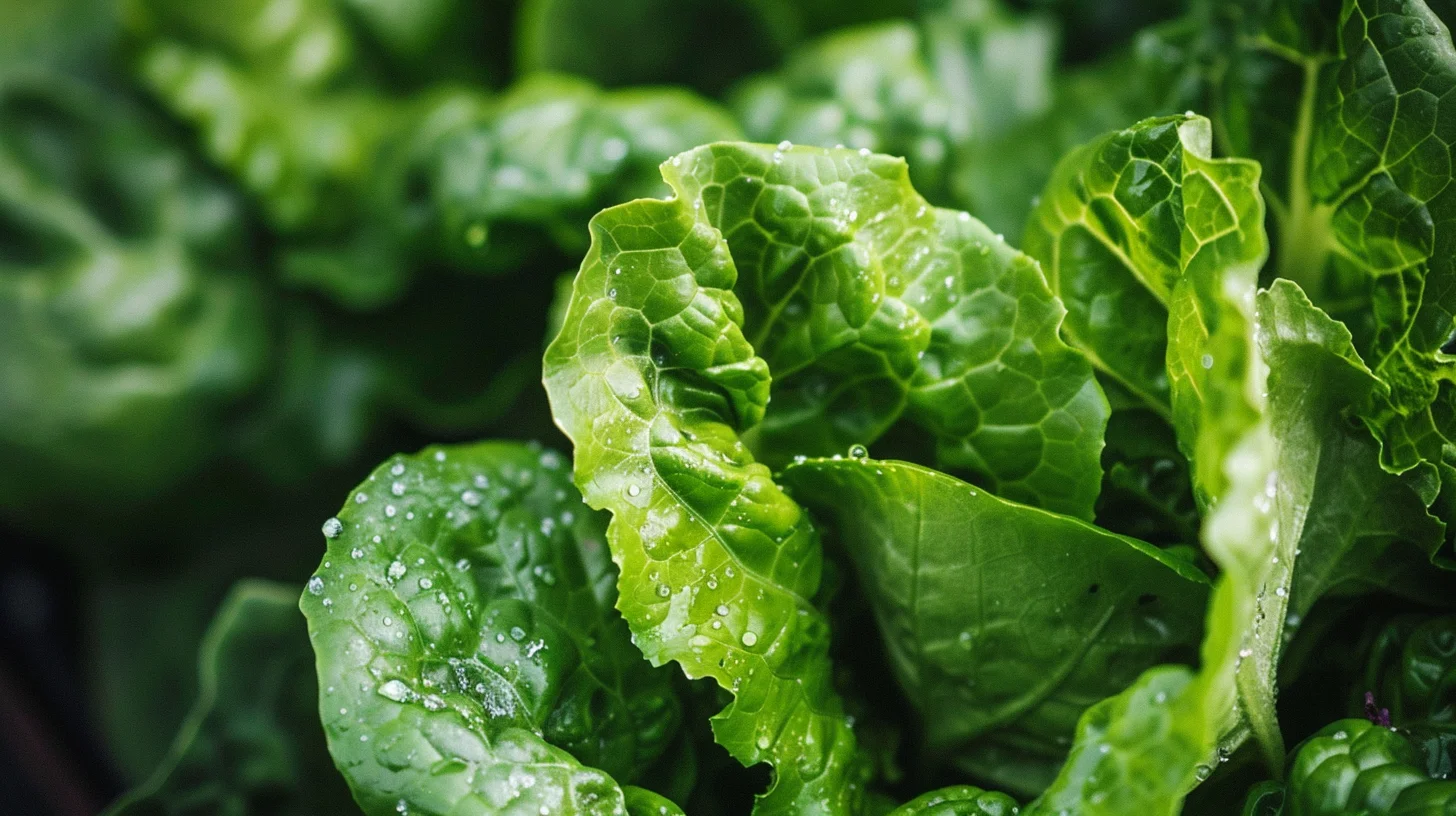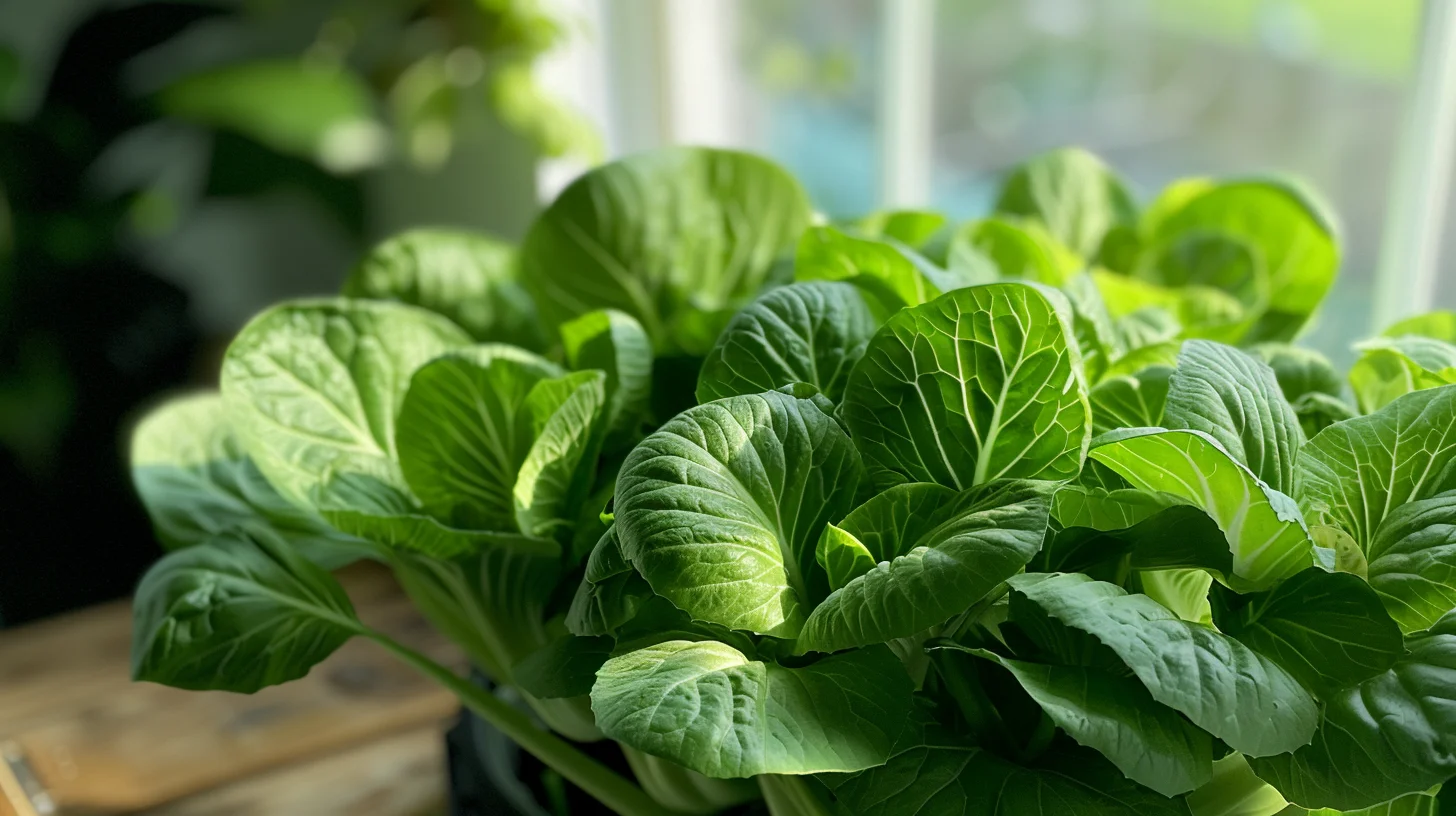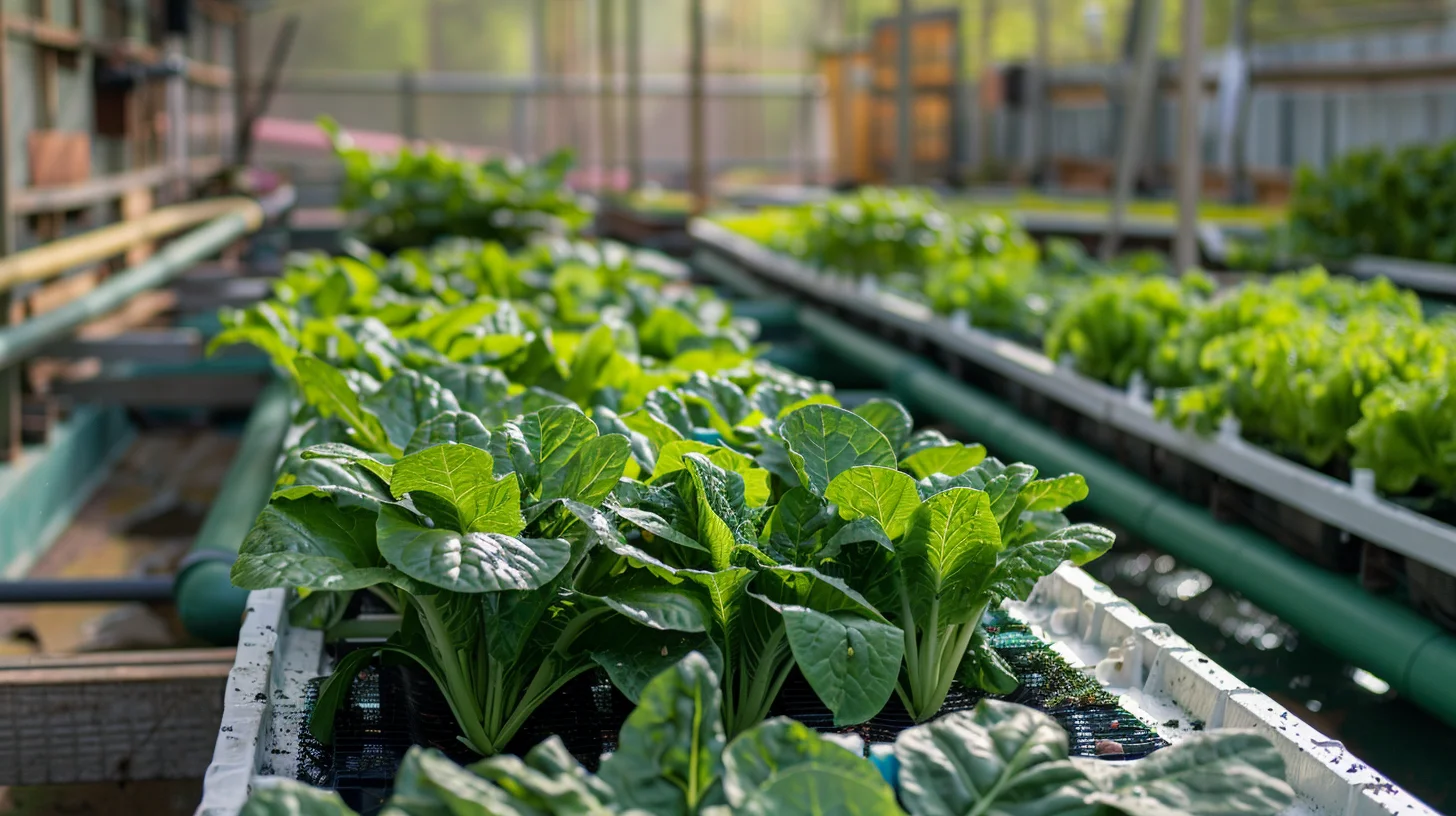Table of Contents
Introduction to Growing Swiss Chard Hydroponically
Growing swiss chard hydroponically is an innovative and efficient method to produce fresh, nutrient-rich greens throughout the year. Swiss chard, also known as chard, is a versatile leafy green that thrives in hydroponic systems. By opting to grow swiss chard in a controlled environment, gardeners can optimize conditions for growth, leading to healthier plants and potentially higher yields.
Hydroponic swiss chard benefits from a nutrient-rich solution that provides all the essential minerals necessary for robust development. When deciding to plant hydroponically, consider the various swiss chard varieties available, such as the vibrant rainbow chard, which adds a splash of color to hydroponic setups.
The process of growing swiss chard in hydroponics is straightforward and involves setting up an appropriate system, selecting the right nutrient solutions, and ensuring proper care of the plants. With the right approach, growing hydroponic swiss chard can be highly rewarding, providing a bountiful supply of fresh greens that are both delicious and nutritious. This introduction aims to guide you through the essentials of successfully cultivating swiss chard using hydroponic techniques.
Benefits of Hydroponic Swiss Chard Farming
Embracing hydroponic farming offers numerous advantages, particularly when growing swiss chard. One of the most significant benefits is the ability to cultivate plants in diverse environments, irrespective of soil quality or climate conditions. This makes hydroponic swiss chard farming a quick and effective method for producing healthy, high-quality greens year-round. By opting for hydroponics, you minimize the risk of soil-borne diseases, thus ensuring healthier chard plants.
Another advantage is the efficient use of water; hydroponic systems are designed to recycle water, reducing overall consumption and promoting sustainability. This sustainable approach not only supports the environment but also yields abundant, nutritious swiss chard. Additionally, growing swiss chard hydroponically allows for precise control over nutrient delivery, ensuring that each plant receives the essential nutrients it needs to thrive. The controlled environment in hydroponic systems also accelerates growth rates, resulting in quicker harvests compared to traditional soil farming.
Finally, whether cultivating chard, swiss chard, or rainbow chard, hydroponic methods can enhance yield quality and quantity, making it a viable option for both home gardeners and commercial farmers alike. These advantages underscore why many are turning to hydroponics for growing swiss chard.
Swiss Chard Varieties for Hydroponics
When it comes to growing swiss chard hydroponically, it’s essential to select the right variety. Chard, including rainbow chard, offers numerous options that thrive in hydroponic systems, ensuring a bountiful harvest. Popular varieties include ‘Bright Lights,’ known for its vibrant colors, and ‘Fordhook Giant,’ which produces large, tender leaves. To start, you’ll want to choose quality seeds. You can find these in a variety of blends, allowing you to grow a mix of colors and flavors. Selecting the right blend of swiss chard seeds means you’ll enjoy a more colorful and diverse yield.
When deciding which variety to grow, consider your hydroponic system’s space and conditions. Some varieties may require more space, while others can thrive in tighter environments. Always ensure you’re choosing seeds that are well-suited for hydroponics, as certain chard types may perform better than others in this setup. By understanding the different varieties, you’ll be better equipped to select the perfect chard, rainbow chard, or swiss chard for your hydroponic garden, ensuring a robust and successful harvest.
Setting Up a Hydroponic System for Chard
To successfully grow swiss chard in a hydroponic system, it’s essential to understand the fundamental components needed for your setup. Start by choosing a suitable hydroponic system, such as deep water culture or nutrient film technique, which both work excellently for chard plants. The next step is to install a reservoir for the nutrient solution, ensuring it’s large enough to support the number of plants you intend to grow. You’ll also need a submersible pump to circulate the nutrient solution, promoting healthy root development for your swiss chard.
When sowing chard seeds, it’s advisable to use rockwool cubes or similar mediums that provide stability and excellent water retention. Proper lighting is crucial, so opt for full-spectrum LED grow lights to simulate natural sunlight. Maintaining appropriate pH levels and monitoring the nutrient concentration will significantly impact your plants’ growth. Remember, successful hydroponic farming requires regular maintenance and monitoring to ensure optimal conditions for your swiss chard. With the proper setup and attention to detail, you’ll be on your way to cultivating vibrant and robust swiss chard plants. By following these guidelines, your hydroponic system will be ready to support the growth of thriving chard plants.
Nutrient Solutions for Hydroponic Swiss Chard
Nutrient solutions play a vital role when you grow Swiss chard hydroponically. To achieve optimal growth, it’s essential to use regular, well-balanced nutrient solutions tailored for leafy greens. Essential nutrients such as nitrogen, phosphorus, and potassium, along with trace elements, should be diligently added to the solution. The electrical conductivity (EC) levels should be regularly monitored and maintained within the ideal range of 1.6-2.4 mS/cm to ensure the Swiss chard receives adequate nourishment. Without regular adjustments and additions, the growth of Swiss chard can be significantly hampered.
The nutrient solutions should also include calcium and magnesium, as these elements are particularly crucial for the healthy development of Swiss chard leaves. Integration of iron chelates can further enhance the nutrient uptake and overall growth. Regularly adjusting and renewing the nutrient solutions prevents the accumulation of harmful salts and pathogens. In sum, the consistency and composition of nutrient solutions are paramount for the robust growth of Swiss chard, chard, and rainbow chard in hydroponic systems.
Planting and Caring for Hydroponically Grown Swiss Chard
In order to successfully grow Swiss chard hydroponically, it’s crucial to understand the specific requirements for planting and caring for these plants. Starting with planting, hydroponically grown Swiss chard seeds should be sown in a suitable growing medium such as rock wool or coco coir. Ensure that the planted seeds receive ample light, ideally from a full-spectrum LED grow light, to facilitate healthy growth. When caring for hydroponically grown chard, it is imperative to monitor the nutrient solution regularly to maintain optimal pH and nutrient levels that chard plants need.
Additionally, hydroponically grown Swiss chard will require consistent airflow and humidity to prevent diseases and promote strong stems. Pruning is another essential aspect of caring for hydroponically grown chard, as it helps maintain the plants’ vitality and encourages continuous leaf production. Water temperature should also be regulated to keep the roots healthy. With proper planting and meticulous care, hydroponic chard, Swiss chard, and rainbow chard can thrive, producing an abundant harvest of flavorful leaves and vibrant stems that are perfect for various culinary uses.
Common Problems and Solutions in Hydroponics
When growing plants like swiss chard, chard, and rainbow chard hydroponically, it’s essential to be aware of common problems and their solutions to ensure a successful harvest. One common issue in hydroponics is nutrient imbalance, which can stunt plant growth. Solutions include regularly monitoring and adjusting nutrient levels to meet the specific needs of swiss chard. Another frequent problem is root rot, often caused by overwatering or poor oxygenation. To combat this, ensure your hydroponic system provides adequate aeration and drainage. Pests and diseases also pose challenges, so maintain a clean environment and consider natural pest control options to protect your chard plants.
pH fluctuation is another concern, as extreme pH levels can hinder nutrient uptake. Regularly check and adjust the pH to keep it within the optimal range for swiss chard. Finally, inadequate light can affect growth, so ensure your setup offers sufficient and appropriate lighting. By addressing these common problems with targeted solutions, you can optimize the growing conditions for your hydroponic swiss chard and achieve a bountiful yield.
When to Harvest Hydroponic Swiss Chard
Determining the right time to harvest your hydroponic swiss chard is crucial for ensuring optimal flavor and nutritional value. Typically, the ideal range to begin harvesting is around 45 to 60 days after planting. Mature leaves should be vibrant and firm, measuring approximately 6 to 12 inches in length. It’s perfectly acceptable to selectively pick a few outer leaves, allowing the plant to continue growing and producing new leaves. This method ensures a continuous supply of fresh swiss chard over an extended period.
Hydroponic systems expedite the growing process, often yielding faster results than traditional soil farming. It’s advisable to check your plants daily once they’ve entered the expected harvest day range to avoid missing the peak window. Remember, even though the leaves can be harvested individually, the entire plant can also be harvested if you prefer. Knowing when and how to harvest hydroponic swiss chard not only maximizes your yield but also maintains the plants’ health, enabling ongoing production. Thus, paying close attention to the growing conditions and plant appearance is essential for a successful hydroponic swiss chard harvest.
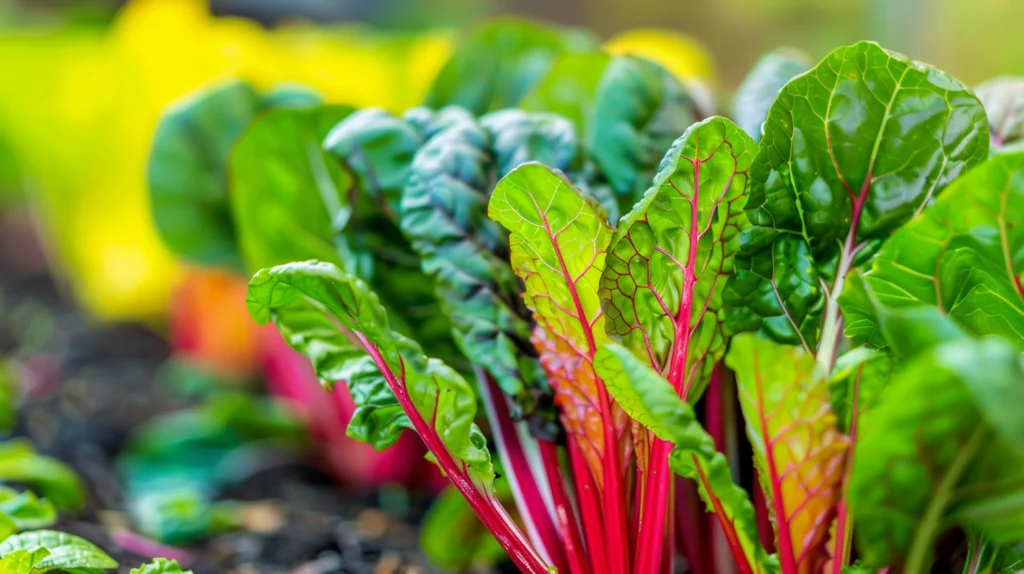
Uses for Freshly Harvested Swiss Chard Leaves
Once you’ve harvested your fresh swiss chard, there are numerous culinary uses for its vibrant leaves. One popular use is in salads, where the fresh greens add a nutritious and colorful touch. Swiss chard leaves can also be sautéed with garlic and olive oil, making a delicious and healthy side dish. They serve as an excellent substitute for spinach in many dishes, offering a slightly different flavor profile while maintaining similar nutritional benefits.
Additionally, chard leaves are great for adding to soups and stews, providing texture and a boost of vitamins. In smoothies, fresh swiss chard can be blended with fruits to create a nutrient-dense beverage. You can also use the leaves as a wrap for various fillings, offering a low-carb alternative to traditional wraps. Stir-fries and pasta dishes benefit from the addition of chard, elevating the meals with their rich taste and visual appeal. Overall, the uses for freshly harvested swiss chard leaves are diverse, allowing you to enjoy these greens in various forms and flavors, thereby enhancing your food experience.
Conclusion
In conclusion, growing Swiss chard hydroponically offers numerous advantages for those looking to produce fresh and nutritious plants year-round. This method allows for better control over the growth environment, enhancing the overall health and yield of the chard. By following the steps outlined, you can ensure that your hydroponic Swiss chard thrives without the need for soil. This not only maximizes efficiency but also minimizes common soil-related issues. Selecting the right variety of Swiss chard, whether it’s traditional Swiss chard, colorful rainbow chard, or another type of chard, is crucial for optimal growth.
Proper care and maintenance of the hydroponic system further contribute to the successful cultivation of these leafy greens. Nutrient solutions tailored to the specific needs of Swiss chard plants ensure robust growth and vibrant foliage. Whether you are an experienced hydroponic gardener or a novice, embracing hydroponics for growing chard can significantly enhance your gardening experience. Harvesting fresh, hydroponically grown Swiss chard provides numerous culinary uses and nutritional benefits, making it a worthwhile endeavor for any gardening enthusiast.
